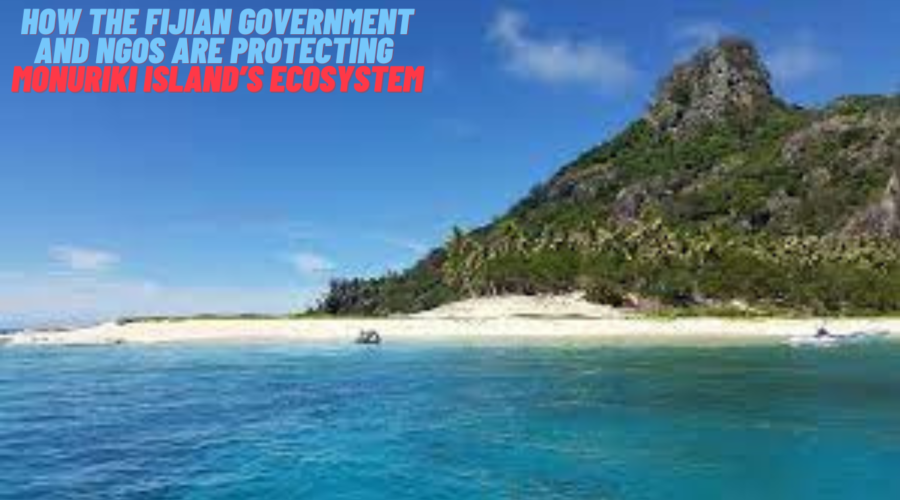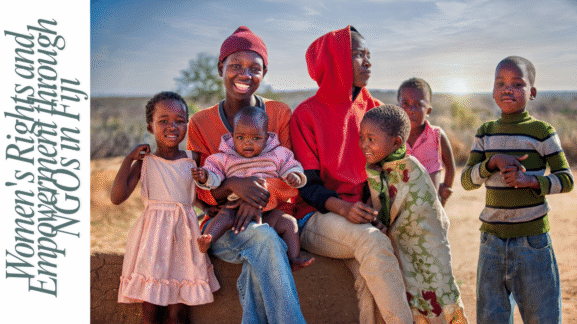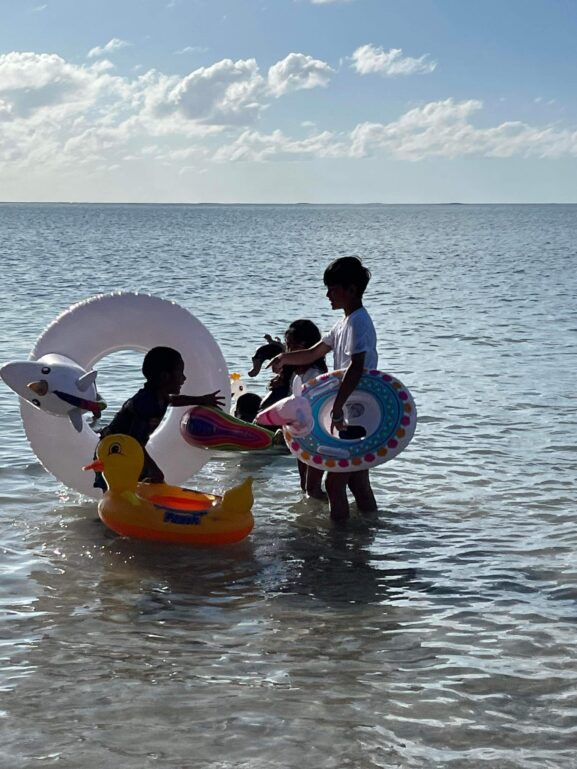How the Fijian Government and NGOs are Protecting Monuriki Island’s Ecosystem
Monuriki Island Fiji is widely recognized as one of Fiji’s most beautiful offshore locations, and its biodiversity is certainly distinctive. Located in the Mamanuca Islands, this small, deserted island is home to a variety of regionally distinctive fauna and plants. It is a dream earthly abode since it offers a natural transition of land and water and is undoubtedly one of the best spots to visit and conserve.
However, the beauty of Monuriki Island does not end with the scenic beaches. Many unique species reside there, including the critically endangered Fijian crested iguana. This species and other island endemics remain well-suited to life on Monuriki because large-scale human interference is minimal. Nevertheless, this habitat faces pressure from invasive species, climate change, and environmental challenges, among other threats.
The Role of Safeguarding the Biodiversity of Monuriki Island Fiji
The Fijian government and several NGOs are rallying to safeguard the ecological system in Monuriki, Fiji. Their efforts are crucial to ensuring the island preserves its balance of nature while minimizing negative impacts from human activity. Monuriki serves as a powerful example of how nature when responsibly managed and supported through targeted interventions, can recover and thrive.
The Fijian Government’s Role in Protecting Monuriki Island Fiji
The Fijian government has put laws like the Environmental Management Act (EMA) into place to stop environmental deterioration. This law mandates thorough environmental impact evaluations for any action that can harm ecosystems. This implies that operations that might endanger Monuriki Island’s distinctive wildlife are closely examined.
Another key regulation is the Protected Areas Legislation, through which the government designates specific regions, like Monuriki, as protected areas. Development of operations that could harm the island’s biophysical systems is prohibited under this law. Under this framework, the government safeguards Monuriki’s unique fauna and plants, including highly endangered species such as the Fijian crested iguana.
Partnership with NGOs – Strengthening Conservation Efforts
Non-governmental groups are active in the protection of Monuriki, Fiji. Many of their tasks are often limited to wildlife protection, environmental stewardship, and public awareness. These organizations work in collaboration with the government to provide the knowledge essential for the island’s sensitive surroundings.
They also teach locals and visitors how to enjoy Monuriki while conserving its biodiversity. This might include instructing tour participants on how to handle the environment so that they do not pollute, hunt, or fish, so destroying it.
Sustainable Non-Profit Organization Success on Monuriki Island Fiji
Fiji’s Island of Monuriki is a successful example of NGO-led initiatives to restore natural vegetation. Some NGOs have attempted to restrict the spread of damaging plant species that impede the establishment of native vegetation. They can supplant the indigenous vegetation by claiming more area and nutrients from which native animals obtain food and shelter.
These projects address the issue of iguana habitat protection, population monitoring, and captive breeding before reintroducing captive-bred Hatchlings to the wild environment. The Fijian crested iguana has grown as a result of these groups’ efforts to ensure the survival of the reptile species.
Invasive Species Management
Invasive species continue to pose one of the most serious dangers to the ecosystems of Monuriki, Fiji.
The Problem of Invasive Species
Exotic species are problematic because they are not native to the islands and develop extremely quickly, outcompeting local plant and animal species. For example, non-indigenous species may fight for resources with indigenous plants, completely dominating the island’s vegetative cover. This has a knock-on impact on wildlife, who rely heavily on these plants for food and breeding sites.
Thus, Monuriki, like most others, is very vulnerable to invasive species issues. Given that isolated ecosystems dominate islands, invading species represent a greater hazard to the areas than to the mainland. That is why managing such animals is critical to preserving their biodiversity, which encompasses all of the habitats typical of a tiny island.
Fiji’s Invasive Species Management Strategy
Fiji has a defined approach for addressing invasive species on Monuriki Island. Their strategy focuses on three critical areas: identification, removal, and haltage.
Identification: The first step in IAS management is to determine which of them are the most harmful. Nature Fiji works with locals to monitor plant and animal populations on the island to detect invasive or dangerous species.
Removal: Following the finding of an invasive species, the management strategy is to remove it. Some of Nature Fiji’s teams assisted in the actual removal of these species from the island. By cutting undesired plants or gently collecting and transferring animals that are not native to the island, we can prevent this species from spreading further.
Prevention: However, stopping future invasions is just as important as getting rid of the current invader. The goal of Nature of Fiji is to raise awareness among Fijians and visitors about the risks associated with bringing in or releasing alien animals into Fiji’s environment. This included scouting the island for fresh dangers and acting quickly to neutralize them.
The battle against invasive species is never-ending, but Fiji has achieved great strides in this direction. The prospect of new invasive species invading will always exist as long as Monuriki continues to draw tourists and serves as a hub for local trade. The Fijian government continues to work with Nature of Fiji and other NGOs to monitor the situation and ensure that Monuriki Island Fiji is protected for future generations.
The Island of Monuriki Fiji is a good example of how to implement efficient and successful conservation efforts in the world’s most difficult regions. The island is shielded from several dangers that may jeopardize its biodiversity thanks to the efforts of the Fijian government, various non-governmental organizations, and the Fijian people. These actions, when combined with the authority of the law, appropriate management and elimination of invasive species, and the actual application of sustainable tourism, demonstrate how the multisectoral approach can transform the world and put nature in a more favorable light.
Since conservation is an empirical process, ongoing research and resident participation ensure that Monuriki Island’s animal environment is healthy. Monuriki Island’s residents have worked hard to preserve its beauty, and if they put in the same amount of effort, other ecosystems should show signs of a similarly promising future.



